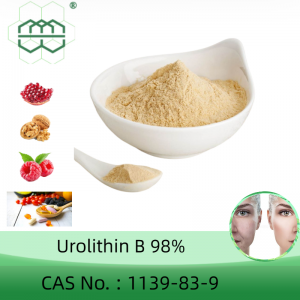Spermidine Trihydrochloride-CAS No.: 334-50-9-0 5% purity for anti-aging
Product Parameters
| Product name | Spermidine Trihydrochloride |
| Other name | 1,4-Butanediamine,N1-(3-aminopropyl)-, hydrochloride (1:3);Spermidine trihydrochloride |
| CAS Number | 334-50-9 |
| Molecular formula | C7H22Cl3N3 |
| Molecular weight | 254.63 |
| Purity | 5% with 95% silicon oxygen or other ingredients |
| Appearance | Off White powder |
| Packing | 1kg/ bag 25kg/drum |
| Application | Dietary supplement material |
Feature
Inhibition of neuronal nitric oxide synthase (nNOS). Binding and precipitating DNA; Can be used to purify DNA binding proteins. Stimulation of T4 polynucleotide kinase activity. Can be used to synthesize palladium complexes by reacting with K2PdCl4 and PdCl2.Help platelet aggregation. Spermidine trihydrochloride has been used for Fourier transform infrared spectroscopy (FTIR) characterization and zeta potential measurement. Inhibition of neuronal nitric oxide synthase (nNOS). Binding and precipitating DNA; Can be used to purify DNA binding proteins. Stimulation of T4 polynucleotide kinase activity. Spermidine Trihydrochloride is a multi-cationic (-NH3+) aliphatic amine small molecule; it exists in the form of polyprotolation under physiological pH conditions, and has positive charge distributed throughout the carbon chain, possessing strong physiological activity.















